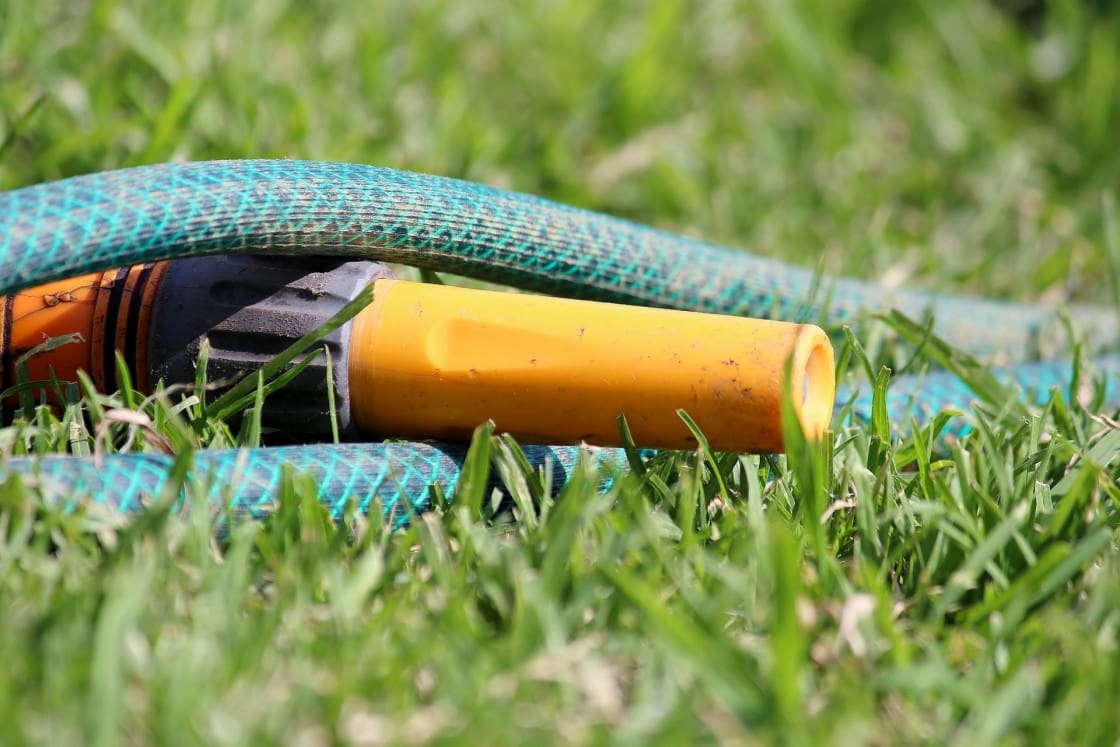What Gravel To Use Under Sleepers?


You may be thinking… who needs rules, watering is easy! And, it is, if you get it right.
Watering is absolutely vital and a quick spray with the garden hose is simply not enough. All you’re doing there is wetting the top layer of the soil, making it seem that you’ve watered it sufficiently, but the water won’t be getting to the roots where it’s needed. Instead, it evaporates before it has time to get there! If you think you’ve done enough time standing in the garden with the hose, double it! Because I promise you, you haven’t watered enough. You need to soak the plant at the roots, which might mean getting under the foliage and directing the hose straight at the soil rather than the leaves of the plant.
Ideally, water plants early in the morning to avoid evaporation loss and enabling the plant to use the water during the day. On warm summer days, evening watering is also likely to be effective. Dry soil will soak water in readily and low humidity at night reduces the risk of disease. Very dry soil will take a while to soak down completely, apply water a little at a time to avoid wasting water through run-off. You may think you’ve applied a whole watering can, but really most of the water has run off elsewhere before getting to the roots. Take your time.
On extremely dry soil, you will notice that the soil really doesn’t take much water in at all, and this is especially noticeable in containerised plants. Many potting soils become hydrophobic (repel water) when they dry out and are difficult to re-wet. If this is the case, submerge the pot in water and hold it there. When holding it underwater, you will see the air bubbles escaping as the air is displaced by water. Remove the pot once the bubbling stops and don’t let it dry out again.
Hard-packed clay soils and even garden soils can become crusted and resist wetting, letting the water runoff instead of absorbing it. To re-wet the soil, repeatedly sprinkle the surface lightly, making sure there is no runoff. Covering the surface with mulch such as straw, leaves, wood chips, or compost will also help. Eventually, the soil will become moist enough to break up with a fork and allow for more water to be applied. A gentle, steady rain will also do the trick.
When there is a downpour of rain, especially during the summer, it can be tempting to skip your watering duties. Plants that are in pots or hanging baskets miss out on the benefits of rain because they are so tightly packed in a small space that the rain doesn’t actually get down to the soil. It hits the leaves and drips off the side of the pot. Unlike ground planted plants, they don’t have the opportunity to spread their roots in search of water, they’re bound by the side of the pot.
While you may think rain alone is sufficient for your containers, in tightly packed containers the leaves shelter the soil, rain hits the leaves and drips off over the sides of the pot without making its way into the soil. Therefore, you will need to water pots and hanging baskets thoroughly, even after heavy rain.
Need holiday care for your plants? Call our Aftercare Team today on 0116 210 0760 to discuss our packages.